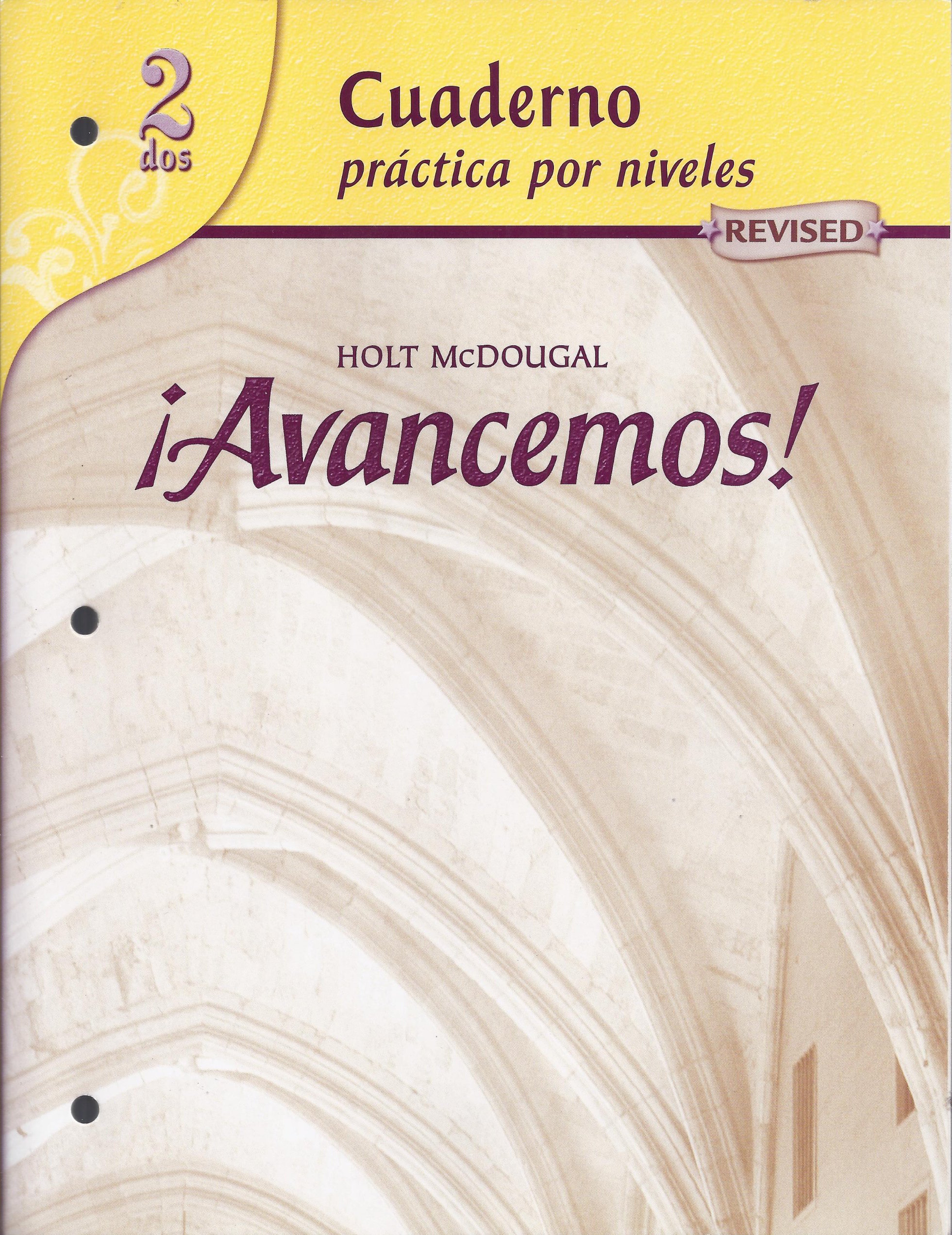
All Solutions
Page 58: Gramatica C2
Luisa want: blouse.
For demonstrating things that are *far* to you (ahí, allí) you can use **ese** (singular) and **esos** (plural) for masculine and **esa** (singular) and **esas** (plural) for femenine.
For demonstrating things that are *very far* to you (allá), you can use **aquel** (singular) and **aquellos** (plural) for masculine and **aquella** (singular) and **aquellas** (plural) for femenine.
For demonstrating things that are *far* to you (ahí, allí) you can use **ese** (singular) and **esos** (plural) for masculine and **esa** (singular) and **esas** (plural) for femenine.
For demonstrating things that are *very far* to you (allá), you can use **aquel** (singular) and **aquellos** (plural) for masculine and **aquella** (singular) and **aquellas** (plural) for femenine.
Diego quiere **esos** pantalones.
For demonstrating things that are *far* to you (ahí, allí) you can use **ese** (singular) and **esos** (plural) for masculine and **esa** (singular) and **esas** (plural) for femenine.
For demonstrating things that are *very far* to you (allá), you can use **aquel** (singular) and **aquellos** (plural) for masculine and **aquella** (singular) and **aquellas** (plural) for femenine.
Mateo quiere **estas** camisas.
For demonstrating things that are *far* to you (ahí, allí) you can use **ese** (singular) and **esos** (plural) for masculine and **esa** (singular) and **esas** (plural) for femenine.
For demonstrating things that are *very far* to you (allá), you can use **aquel** (singular) and **aquellos** (plural) for masculine and **aquella** (singular) and **aquellas** (plural) for femenine.
Luisa quiere **esa** chaqueta.
Diego want: shoes.
For demonstrating things that are *far* to you (ahí, allí) you can use **ese** (singular) and **esos** (plural) for masculine and **esa** (singular) and **esas** (plural) for femenine.
For demonstrating things that are *very far* to you (allá), you can use **aquel** (singular) and **aquellos** (plural) for masculine and **aquella** (singular) and **aquellas** (plural) for femenine.
For demonstrating things that are *far* to you (ahí, allí) you can use **ese** (singular) and **esos** (plural) for masculine and **esa** (singular) and **esas** (plural) for femenine.
For demonstrating things that are *very far* to you (allá), you can use **aquel** (singular) and **aquellos** (plural) for masculine and **aquella** (singular) and **aquellas** (plural) for femenine.
Haven't found what you were looking for?
Search for samples, answers to your questions and flashcards

